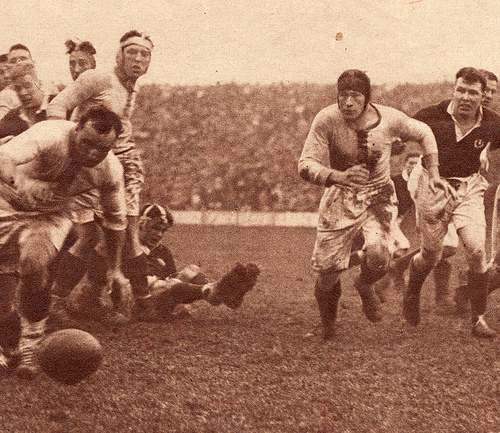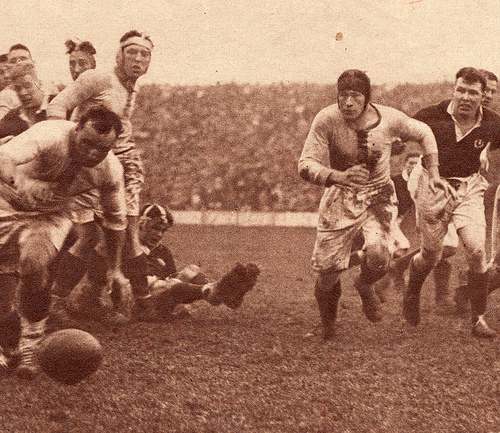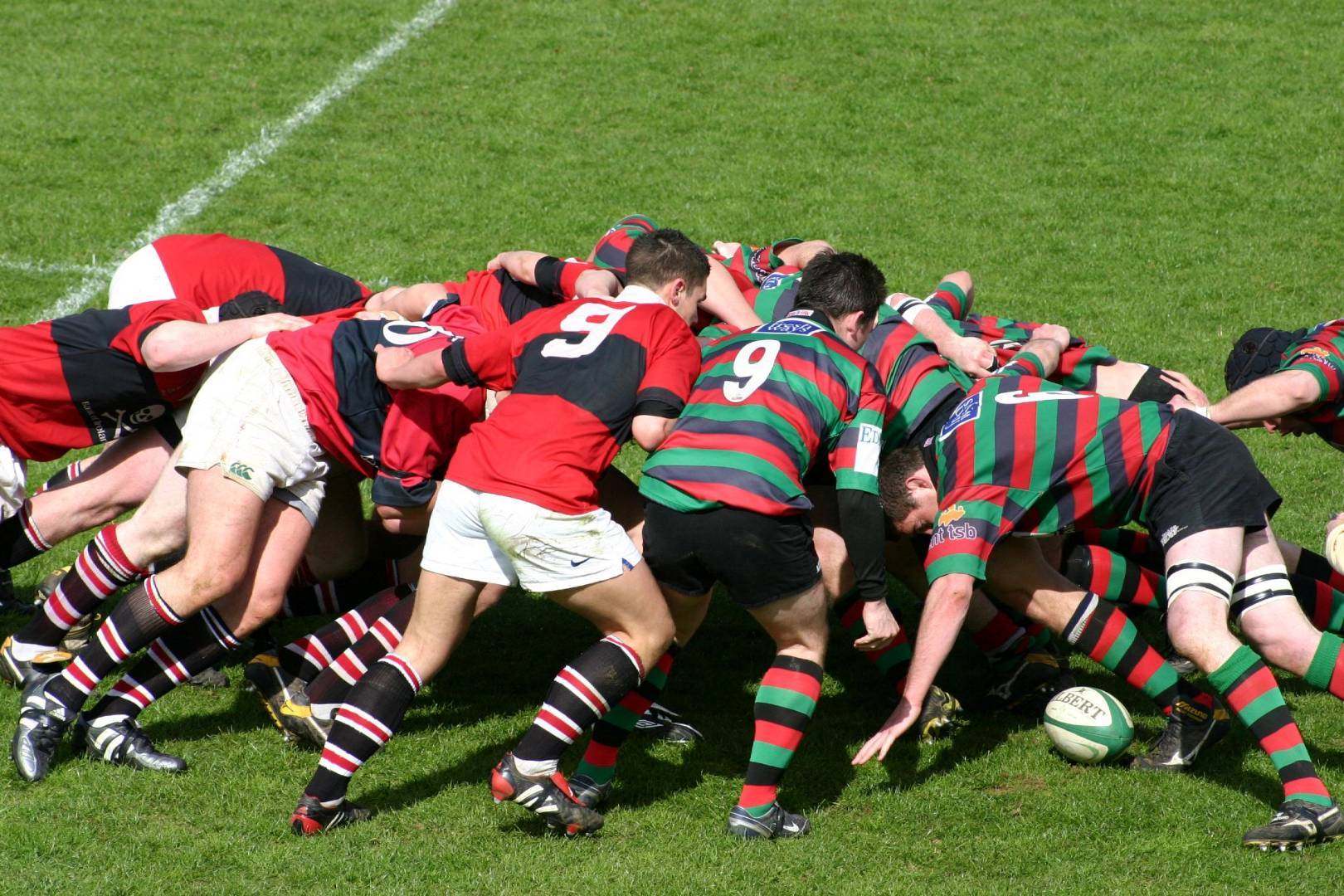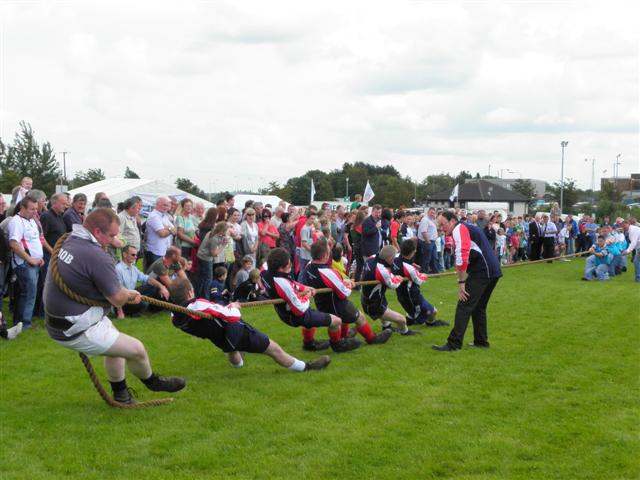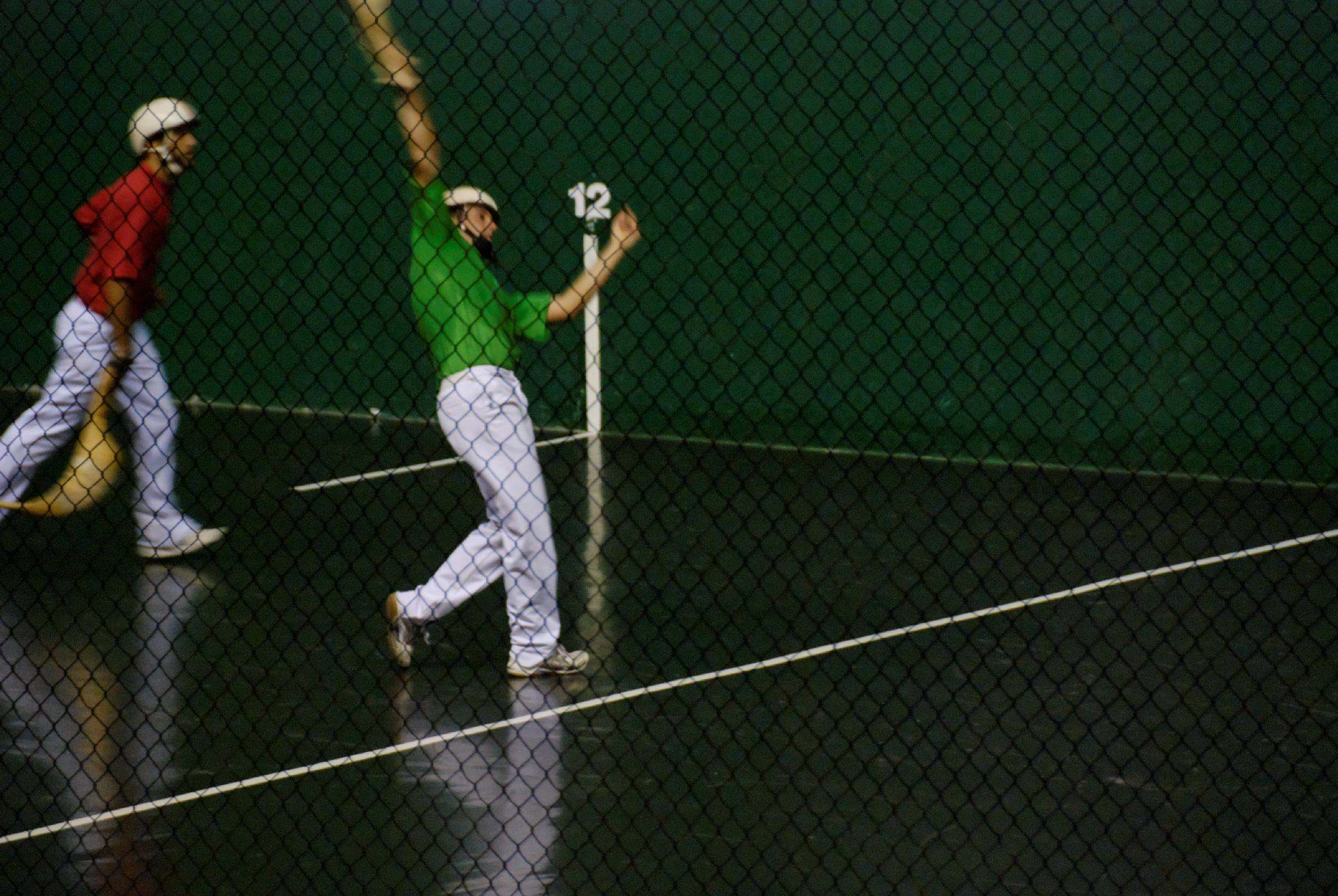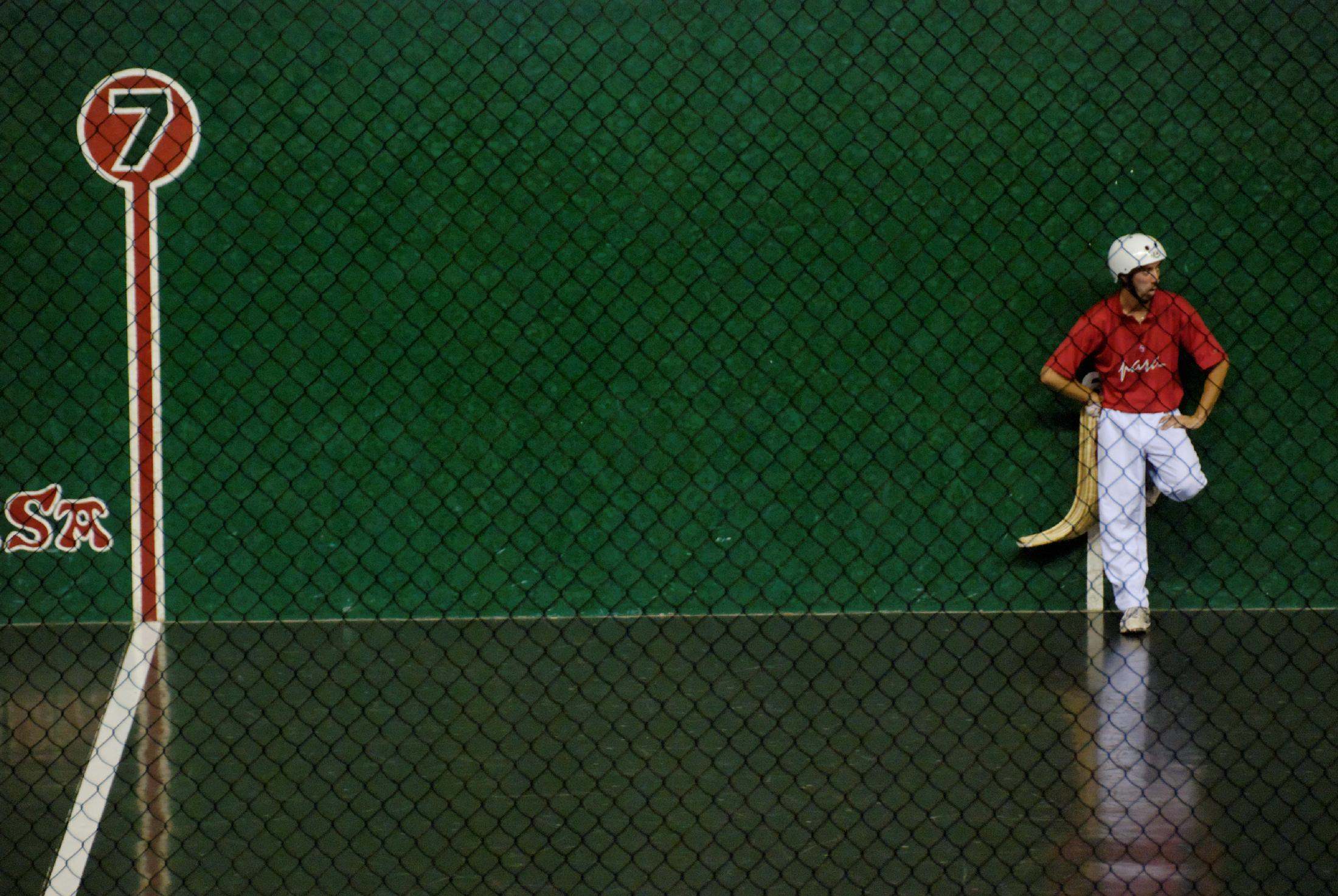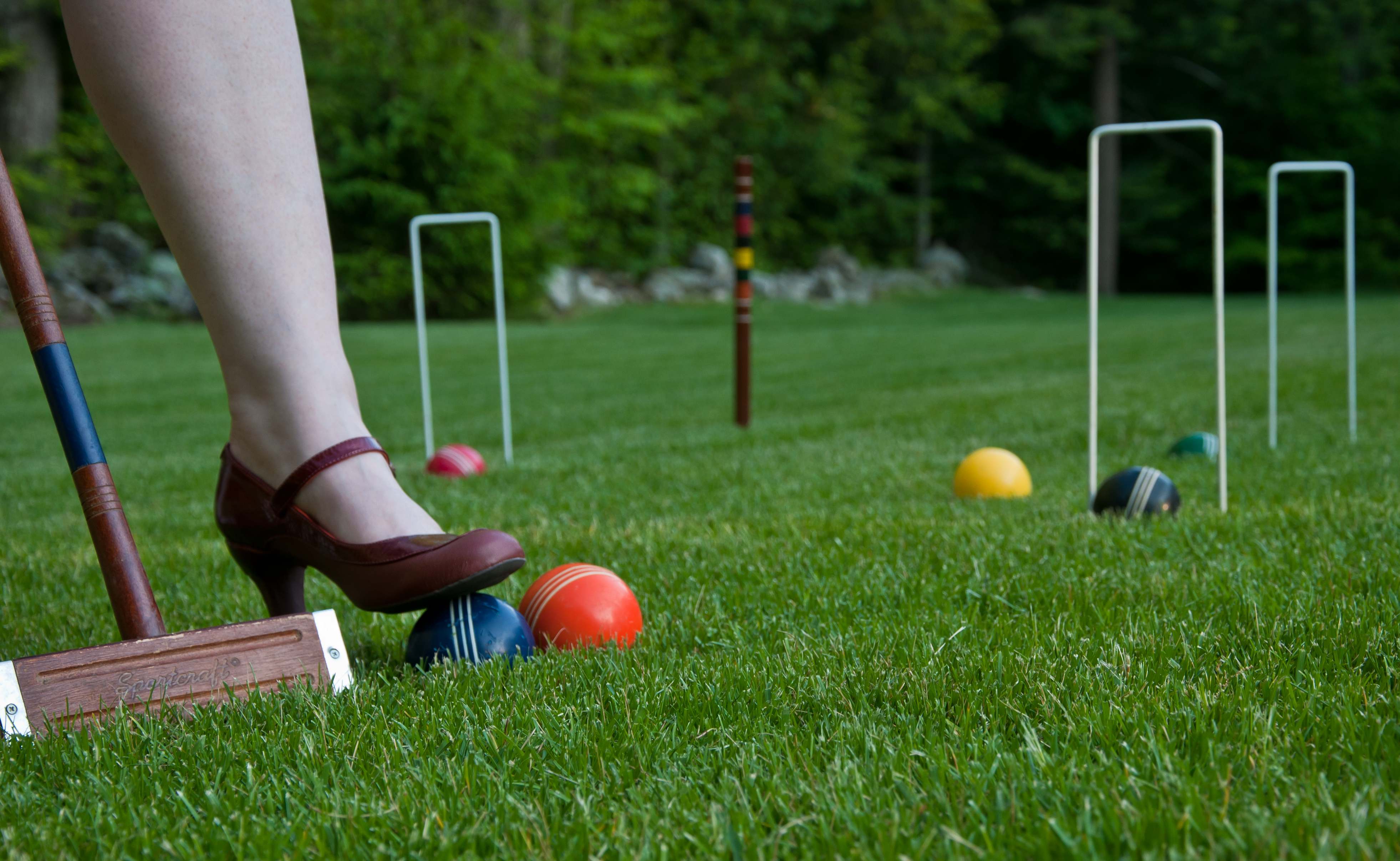The Olympic Games is the four-yearly competition to which athletes aspire to compete in in their quest to become the best in the world at their chosen event.
Both the summer and winter Olympics are major international events, bringing together the best of the best from around the world of sport.
The games have come a long way since their inception in the 8th century BC at their spiritual home in Olympia, Greece. Then there were relatively few events, the participants had to be free men who spoke Greek and they all competed completely naked.
Today, athletes from more than 200 countries attend the biggest sporting competition in the world in the hope of bringing home that most elusive of medals – the gold. There are approximately 500 events involving around 30 sports, all of which will see an Olympic champion at the end of the tournament.
As would be expected with a competition that has spanned many years, there are some sports that, for one reason or another, are no longer contested in the modern Olympics, with the following five all previously included sports.
Rugby Union
Image: Rugby Pioneers
Image: BobTheCorkDwarf (fotopedia)
A game played at breakneck speed with maximum contact, rugby brings with it a higher chance of injury than many other sports and although it has a huge fan base, it not longer features in the Olympic Games.
Having only ever been represented 4 times – first in 1900, then in the 1908 games, followed by an appearance in the 1920 games, before their last appearance in 1924 – rugby is one of those sports that many continue to question exactly why it isn’t featured regularly, especially considering similar styled games (primarily in terms of pace and general ‘team vs team’ style), such as soccer, have been included for decades.
Tug Of War
Image: Kenneth Allen (Geograph)
Image: Kenneth Allen (Geograph)
A game of Tug of War entails a battle of pulling power between two teams who fight out this gripping scene at either end of a piece of rope. The object of the game is for the team at one end of the rope to pull the opposition team at the other end of the rope across a centrally marked area.
Seemingly more preferable to rugby, tug of war was played out in every Olympics from 1900 to 1912 and then again in 1920, while also being an event in the 1906 intercalated games, which were to be held every two years in Athens after the normal games, but which were never continued after 1906.
Pelote Basque
Image: Chabisurf (Flickr)
Image: Chabisurf (Flickr)
Only ever making one appearance in the Olympics, which was in Paris in 1900, when a team from Spain beat a team from France, pelote basque is played against two walls using a curved racket. This racket is used to propel a ball as fast as possible against one of the two walls so that the opposing team can’t hit it before it bounces more than once.
Similar in style to squash, it may not feature in the Olympic Games today, but it is still popular in several European countries in particular.
Croquet
Image: Stuart Shepherd (Geograph)
Image: jronaldlee (fotopedia)
As with pelote basque, croquet was only ever included in one Olympic Games, which was again the 1900 Paris event.
Only seeing 10 competitors – 9 of who were French – turn up for the inaugural entry into the games, croquet saw little popularity with spectators and the only other competitor – from Belgium – went home without a medal.
Although a popular lawn game, whereby a wooden mallet is used to strike a wooden ball through a wooden hoop embedded in the ground to score points, it isn’t a traditionally exciting spectator sport and was never seen again at the Olympic Games after 1900.
Lacrosse
Image: KNEB.net
Image: go mustangs (Flickr)
Like rugby, lacrosse is a high-speed, high-contact sport and is played by 2 teams of 10 players, each armed with a crosse – a large stick with a net attached to the end.
The object of the game is to get a small rubber ball into your opponent’s goal, working in a similar way to rugby or soccer, but using only the crosse, rather than your hands and / or feet.
The sport made only 2 appearances at the games – in 1904 and then again in 1908 – and that was it, much to the disappointment of thousands of fans, particularly in the modern day where, although not massively popular in Europe, lacrosse has a large American following.







